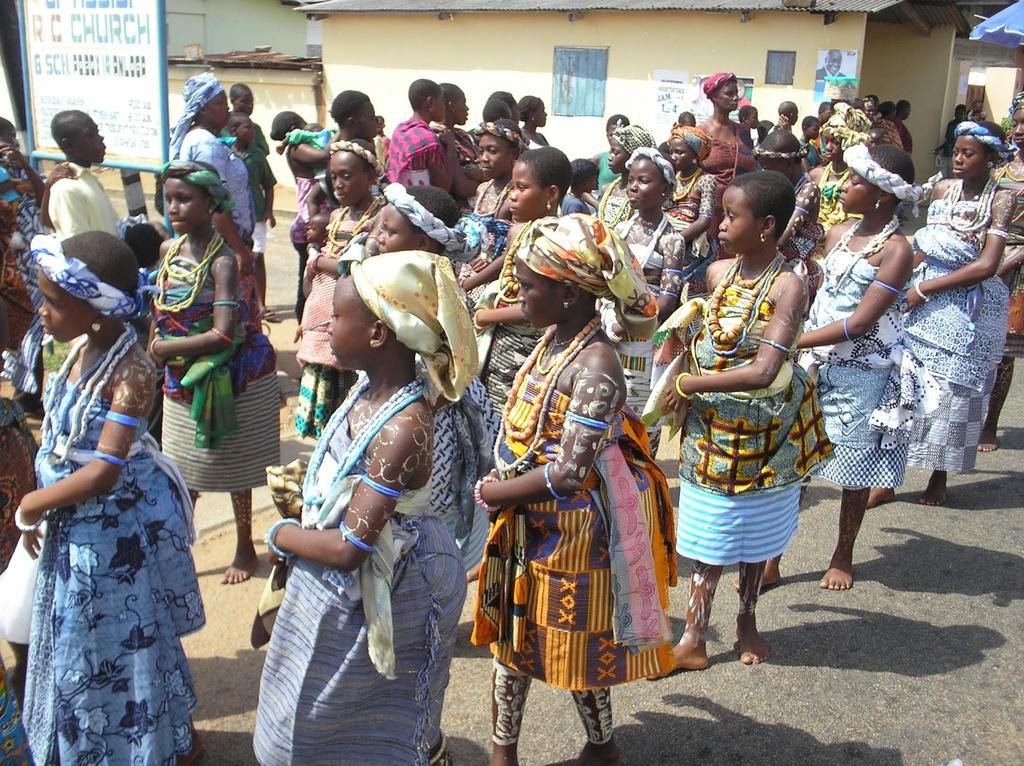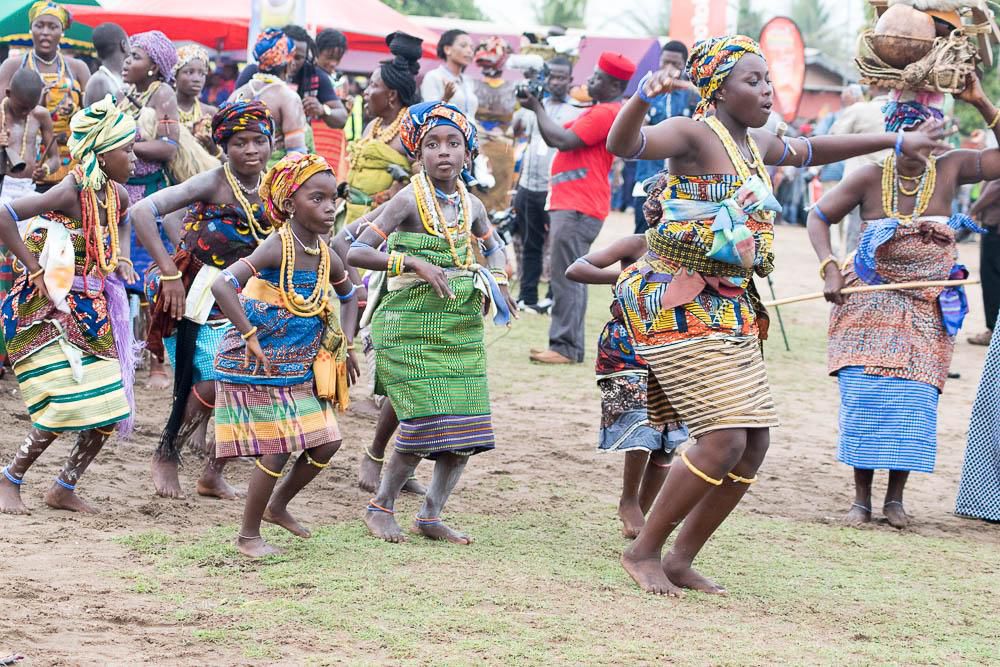4 things you need to know about the Hogbetsotso festival
)
The theme behind this festival is to mark their journey from their former home in Togo, to their present settlement in Ghana.
The festival is a great time for the people, as this marks a great time in their history and is a time for settling disputes and getting to know each other.
Though the Ewes have diverse festivals they celebrate, they are excited when it is time to celebrate Hogbetsotso festivals and here are 4 things to know about it.
1. Living condition under 'wicked' Agorkorli
History has it that before coming to their present settlement. The Anlo lived under a cruel and wicked ruler, King Agorkoli of Notsie, somewhere south of present day Sudan.
The Anlo people devised a way to escape from the town. They were led by a brave warrior known as the Red Hunter.

The town they were was fenced with a mud wall, so the Anlo women were told to pour water on one side of the wall anytime they had to dispose of any water.
This made the spot soft, and the people were able to break the wall and escape.
To avoid being caught, they "walked backward" so as to confuse their pursuers and even legend has it that The Red Hunter turned himself into a rat and walk over all their footprints to make them look old.
When they got to their present home, they created the festival Hogbetstso (Festival of Exodus) to mark this event.
2. Spiritual cleansing
October marks the beginning of the festive season, and it continues till November. The Anlo land is spiritually cleansed at the beginning of the season.
Maybe many acts that the people did defile the land. The people of Anlo do consecration of the land, which they call in local dialect 'afekplokplor'.
The Ewes also have another rite which is cleansing the physical objects that we have in our houses which we call 'dordede'.

3. Husago Dance
The festival is incomplete without the traditional Husago dance. On the night of the escape from Notse, cultural anthropologists say the Anlos tactically danced backward to throbbing music of the 'Adekpetsi' and the 'Husago' so that their footsteps will not be traced.
Before the Germans came, the Ewe land was one stretch of land from the Volta River to the Mano River in Benin. But when they came, the Germans took hold of Togo and the French took hold of Benin.
The highlight of the festival celebration is a grand durbar of the chiefs and people of the town.
There is drumming and dancing and merry-making. The dancing is the most intriguing part, with the very popular "Borborbor" dance which is very intense and fun-filled.
4. Month for celebration
The festival is climaxed with a grand durbar of the chiefs and people of the Anlo traditional area.
It is held every first Saturday of November with pomp and pageantry. Anlos display their rich cultural heritage during this period which is well attended by natives both at home and abroad.
It has over the years become a homecoming period for Anlos and a time to settle family disputes.
Many tourists have also come to revere events that led to the commemoration of the dramatic escape from Notse.
)
)
)
)
)
)
)
)
)
)
)
)
)
)
![Messi visit turns ugly in Kolkata as frustrated fans revolt at stadium [Video]](https://sportal365images.com/process/smp-images-production/pulse.com.gh/13122025/063490d8-7f44-4fee-ae15-4e386efec018.jpg?operations=autocrop(112:112))
)